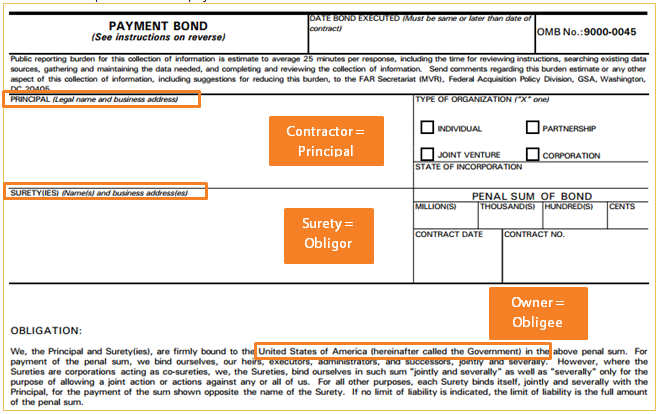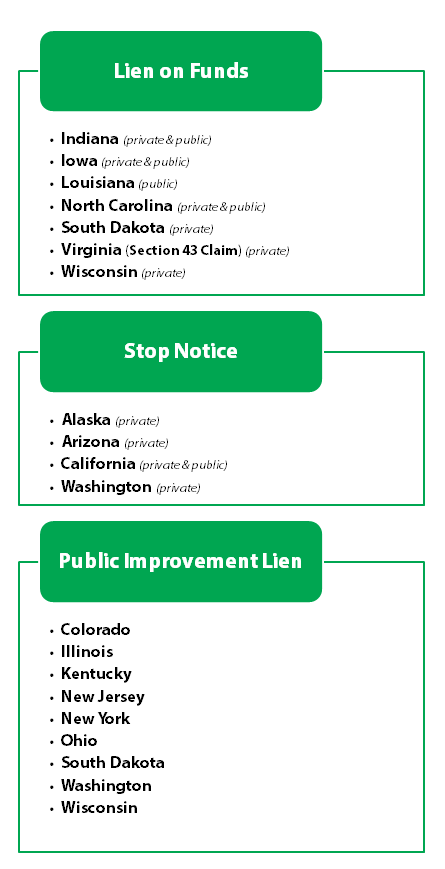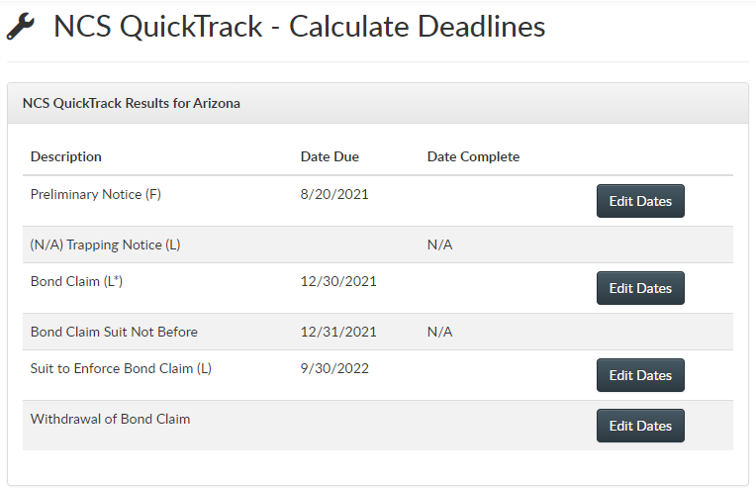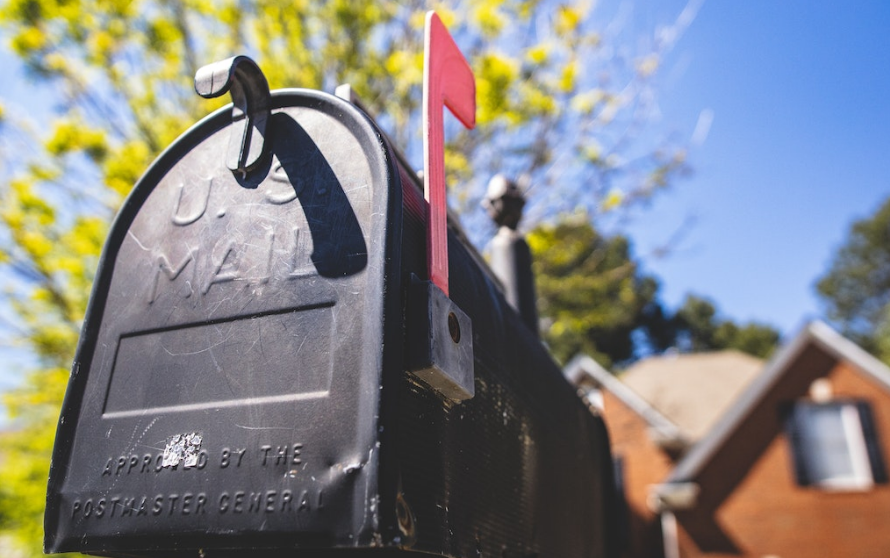
No Preliminary Notice? No Mechanic’s Lien for You
About 40 states require a preliminary notice be served upon the owner of the property on which the contractor, subcontractor, or materialman is either performing work or furnishing materials.
Each state sets its own requirements for the preliminary or prelien notice, and state statutes are commonly highly specific as to the language required within the notice, the type of service allowed, and the timing provision of the notice.
A failure to provide the requisite prelien notice in a state where it is required can invalidate your mechanic’s lien.
Should Failure to Serve a Notice Invalidate a Mechanic’s Lien?
In a case arising out of the Court of Appeals in Minnesota, the court addressed the issue of whether a failure to serve a prelien notice on the property owner should invalidate a lien where the contractor claimed to be unaware of the true identity of the owner.
In the case of J. Roux Design & Associates, Inc. v. Backes, et al., Dennis Backes sold a property in Minnetonka, Minnesota to Superior Value Homes pursuant to an unrecorded deed, whereby Superior was to design and construct a residence on the property. Superior entered into an oral agreement with Vogue Design & Realty, Inc. to design and construct the home.
The companies agreed Vogue would hire the subcontractors and Superior would pay them. Vogue contracted with Roux Design to do construction work on the home, and Roux used subcontractors and materialmen to complete the work.
A payment dispute arose between Roux and Vogue, and Roux filed a mechanic’s lien for approximately $26,000. Roux did not serve any prelien notices before filing the lien, nor did it serve the lien statement upon Superior at all. It served the lien statement only upon Backes and Vogue.
Superior sold the property shortly after the payment dispute between Roux Design and Vogue to Ulf and Anneli Henricksson.
Roux Design commenced lien foreclosure proceedings against all three defendants, Backes, Vogue, and the Henrickssons. The Henrickssons filed a third party complaint against Superior for indemnification, making Superior a party to the suit.
The defendants moved for summary judgment, claiming Roux’s lien must be discharged because it failed to file a prelien notice and failed to properly serve the lien statements. The district court granted the motion, finding Roux’s failure to serve the prelien notice on the owner of the property rendered the lien invalid.
“It held that a lack of knowledge as to the existence of an owner does not excuse the contractor from the prelien notice requirement”
Roux Appealed
On appeal, Roux asserted its lien should be found valid because at the time of contracting with Vogue it did not know Superior had an ownership interest in the property. It contracted merely with Vogue and Vogue held itself out to be the owner.
The court, however, found this argument unpersuasive. It held that a lack of knowledge as to the existence of an owner does not excuse the contractor from the prelien notice requirement. Roux had a duty to determine the identity of all owners and serve the requisite notice.
Further, Roux was paid by checks bearing Superior’s name. Therefore, a simple inquiry could have lead Roux to the knowledge of Superior’s ownership interests.
Roux’s ability to foreclose on its mechanic’s lien was invalidated due to its oversight concerning prelien notice.
Always review statute and serve the appropriate notice upon the appropriate parties via appropriate service.











